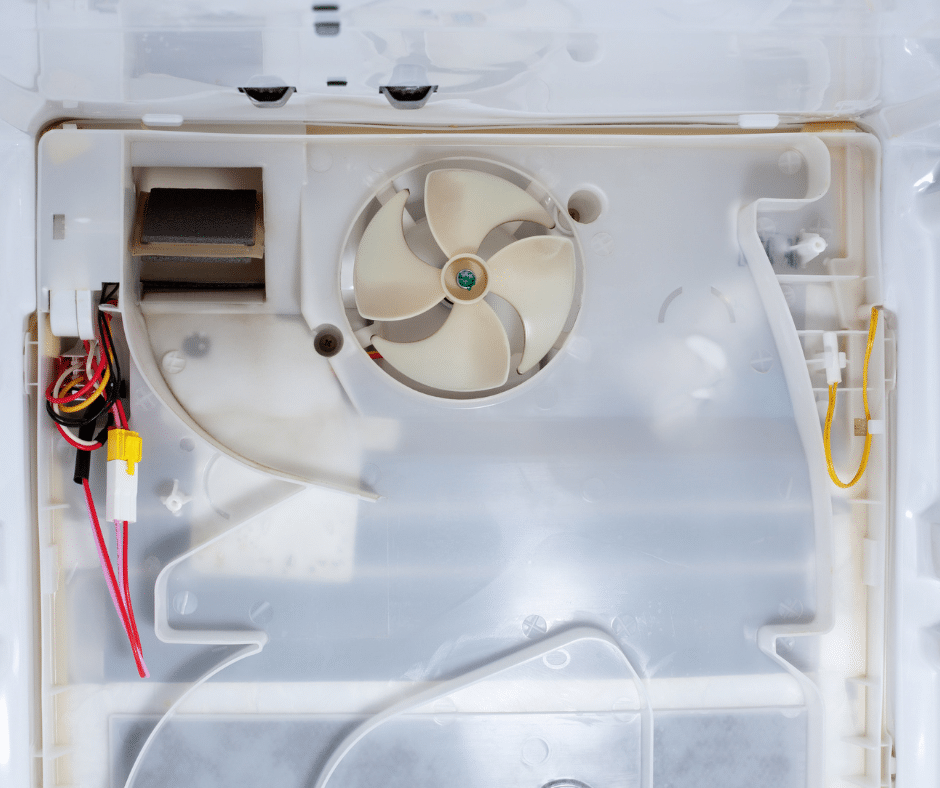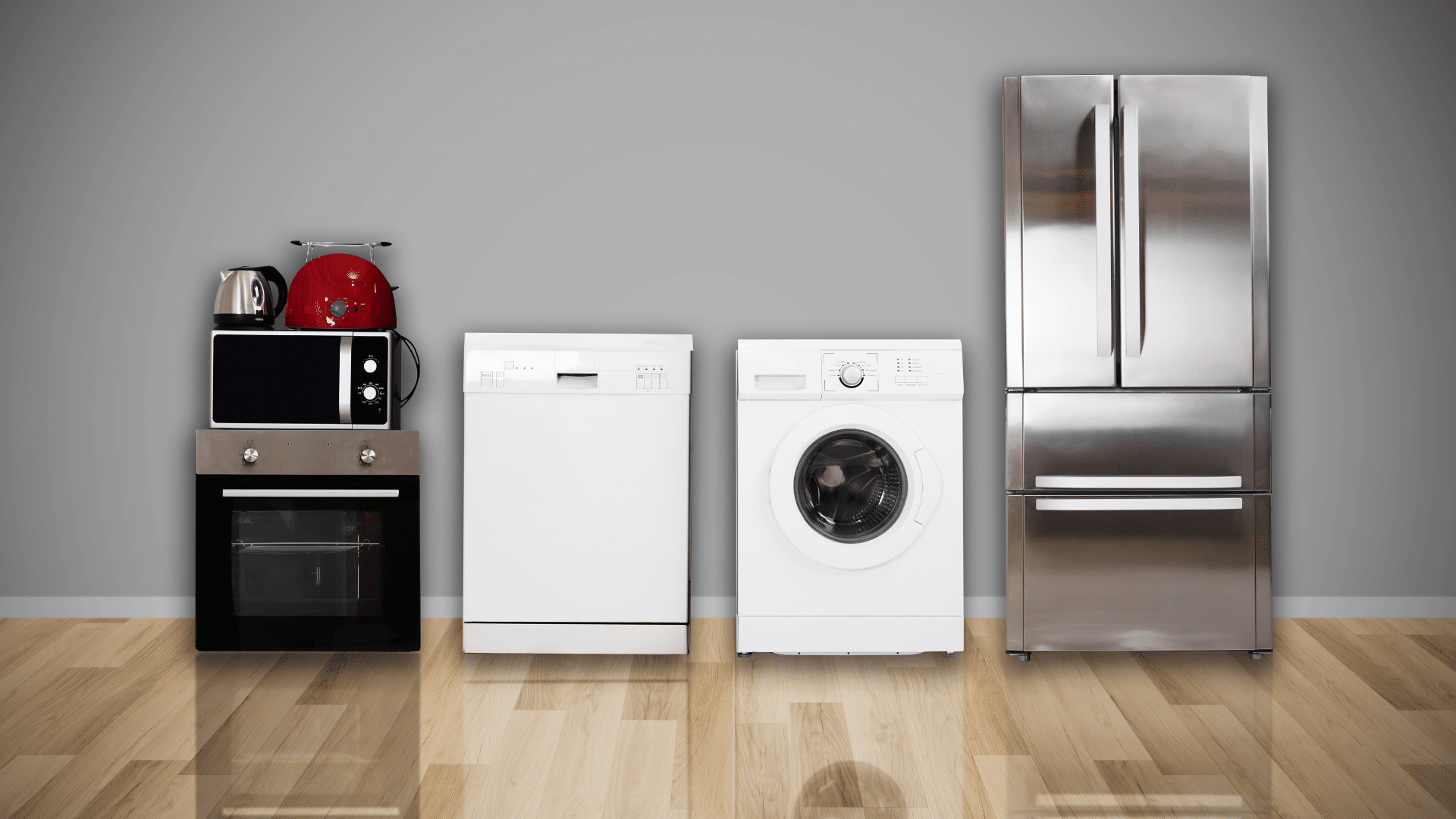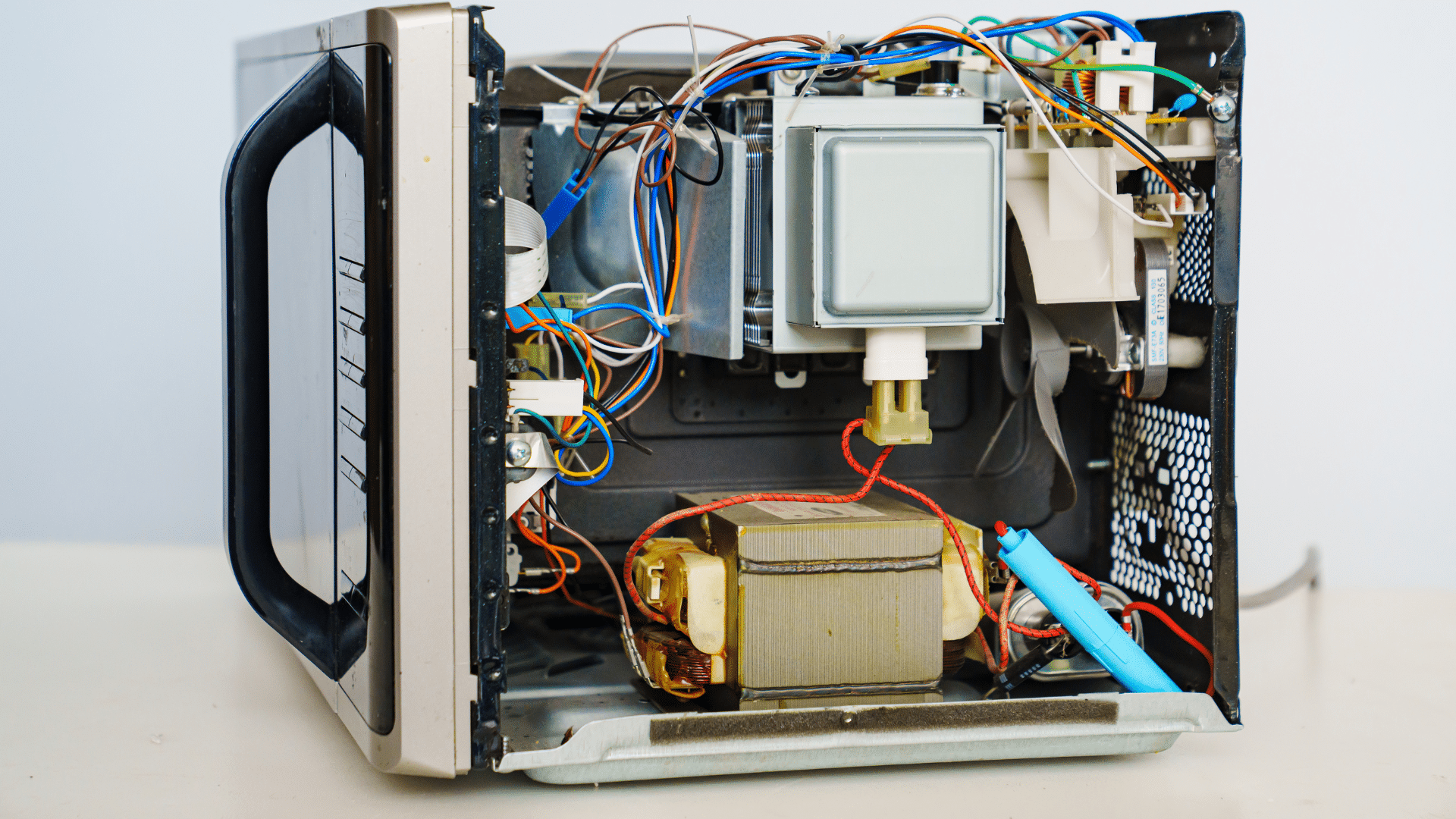
Refrigerators have become an indispensable appliance in our daily lives, allowing us to keep our food fresh and our beverages cool. But have you ever wondered how these cooling marvels work? In this article, we will delve into the inner workings of a refrigerator and explore the fascinating science behind its cooling mechanism.
The Basic Principle of Refrigeration:
At the heart of every refrigerator lies a fundamental principle of physics: the transfer of heat from a colder region to a warmer one. This principle is employed through the ingenious use of a refrigerant, a substance that readily changes between liquid and gas states at low temperatures.
Key Components of a Refrigerator:
A typical refrigerator consists of several key components that work together to maintain cool temperatures:
1.1 Compressor:
The compressor is the powerhouse of the refrigerator. It is a motorized pump responsible for circulating the refrigerant throughout the system. By compressing the refrigerant gas, the compressor raises its pressure and temperature.
1.2 Condenser:
After leaving the compressor, the high-pressure and high-temperature refrigerant flows into the condenser. The condenser is a series of coils or tubes located at the back or underneath the refrigerator. Here, the hot refrigerant dissipates its heat to the surrounding air, causing it to liquefy.
1.3 Expansion Valve:
From the condenser, the high-pressure liquid refrigerant moves to the expansion valve. This valve regulates the flow of refrigerant into the evaporator.
1.4 Evaporator:
Inside the refrigerator, the evaporator is usually located in the freezer compartment. The low-pressure liquid refrigerant enters the evaporator, and as it passes through a series of coils, it rapidly evaporates into a gas. This phase change absorbs heat from the surrounding air inside the refrigerator, lowering its temperature.
1.5 Refrigerant:
The refrigerant, often a hydrofluorocarbon (HFC) or hydrochlorofluorocarbon (HCFC), is the working fluid that enables the heat transfer process. It undergoes a continuous cycle of compression, condensation, expansion, and evaporation.
The Refrigeration Cycle:
The operation of a refrigerator is based on a continuous refrigeration cycle:
2.1 Compression:
The compressor draws in low-pressure refrigerant gas and compresses it, raising its temperature and pressure.
2.2 Condensation:
The high-pressure refrigerant gas flows into the condenser, where it releases heat to the surroundings, condensing into a high-pressure liquid.
2.3 Expansion:
The high-pressure liquid refrigerant passes through the expansion valve, reducing its pressure and allowing it to expand.
2.4 Evaporation:
As the refrigerant enters the evaporator, it rapidly evaporates, absorbing heat from the air inside the refrigerator and cooling it down.
Temperature Control:
To maintain the desired temperature, a refrigerator employs a thermostat that senses the internal temperature and signals the compressor to cycle on or off accordingly. When the temperature rises above the set level, the compressor activates to restart the refrigeration cycle.
Additional Features:
Modern refrigerators often come equipped with additional features, such as automatic defrosting systems, adjustable shelves, and electronic controls. These advancements enhance convenience and energy efficiency while ensuring optimal storage conditions for different types of food.
Conclusion:
Refrigerators are incredible appliances that utilize the principles of heat transfer to keep our food fresh and cool. By understanding the interplay of components like the compressor, condenser, expansion valve, and evaporator, we gain insight into the intricate mechanisms behind this everyday marvel. As technology continues to advance, refrigerators are becoming more efficient, eco-friendly, and feature-rich, making them an essential cornerstone of modern living.

Elevate Your Kitchen: A Guide to Choosing Aesthetically Pleasing Appliances

Reviving Old Appliances: Upcycling for a Sustainable Future

To Repair or Replace? Making the Right Decision for Your Appliances

5 Best Breakfast Spots in Reno 2024

Understanding the Inner Workings of a Refrigerator: A Cooling Marvel

Unveiling the Most Commonly Reported Issues with Household Appliances

Unveiling the Mystery: Why Water Might Taste Weird Coming Out of Your Fridge Water Dispenser

Revolutionizing Appliance Repairs: The Impact of Technological Advancements

Appliance Recalls: Safeguarding Your Home with Essential Know-How


